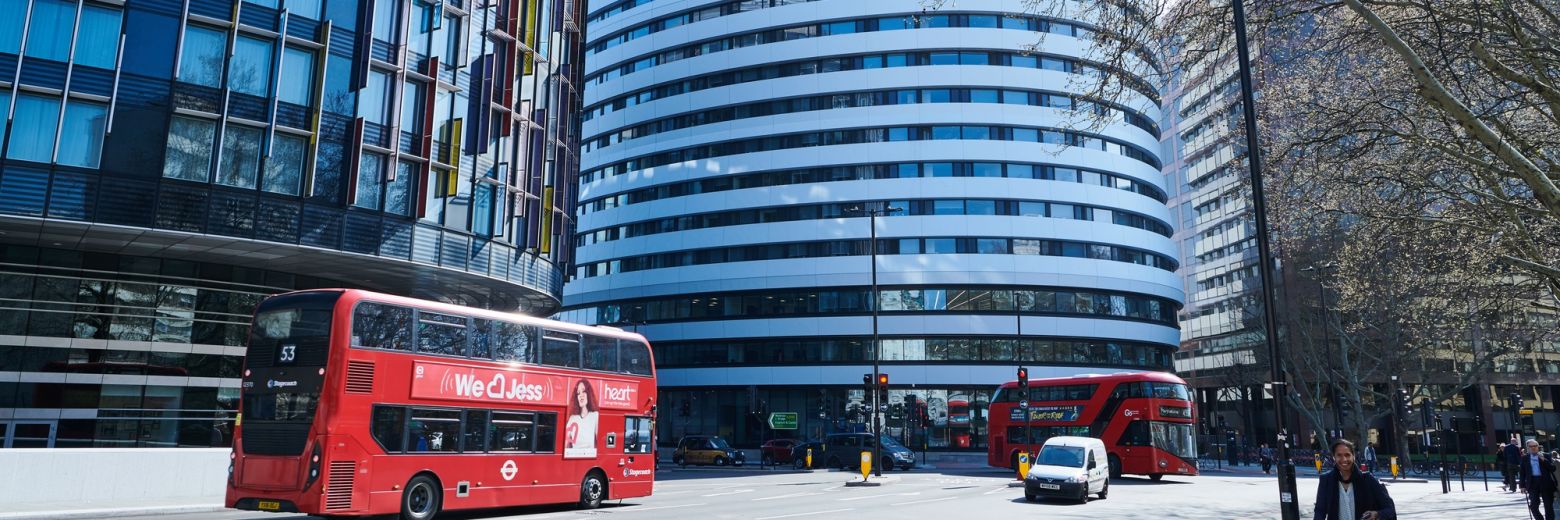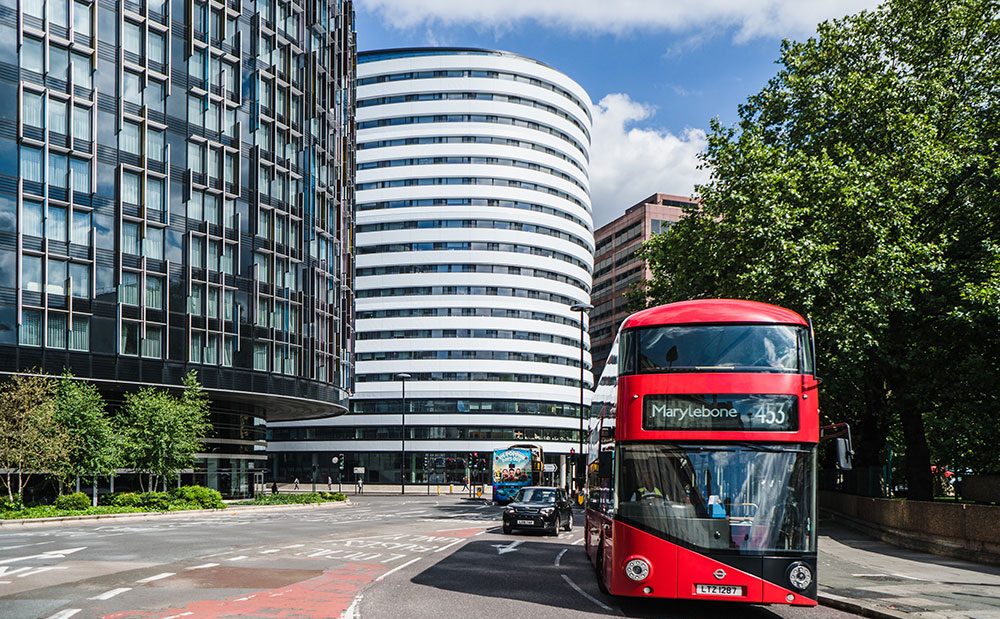History of DLD
Davies, Laing and Dick (or DLD as it’s now known) was founded in 1931 to provide tutoring for Oxbridge and Colonial Service entrance exams. Though many changes in education have taken place in the numerous decades that followed, our vision and fundamental aim of helping individual students to achieve their academic potential has remained the same.
The origins of this vision took root with the founding of Davies, Laing and Dick in 1931 after the meeting of three tutors: Mr Vernon Davies (BA), Mr A G Laing (BSc) and Mr J Bernard Dick (MA), but can be traced back further to the years after 1924 when Mr Davies taught at Fernley, Maidenhead, a residential educational institution run by Mr Lucian Oldershaw (MA JP). The firm, Oldershaw and Davies, expanded with a London branch set up in Lancaster Street, Hyde Park along with a separate establishment under Mr Davies’ name in Sussex Place, for Civil Service Examinations for the Foreign Office and Diplomatic Services, of which Mr Davies was Head. In 1927, Mr Laing joined Fernley as a tutor and when Mr Davies took over the running of the London branch in 1929, Mr Laing joined him as a Partner and it became known as Davies and Laing. Lancaster Street was where Mr Dick joined as a tutor and was offered a partnership, joining Mr Laing and Mr Davies (Senior Partner), and thus Davies, Laing and Dick was established at 34 Gloucester Terrace, Hyde Park, London.
Educational requirements did not cease with the outbreak of the Second World War in 1939, although there was a discontinuation of the Civil Service Examinations. Therefore, the staff and forty students of DLD were temporarily rehoused at Radley College, Oxfordshire and educational successes continued there until all returned to Holland Park, in January, 1940. The demand for education continued to grow, with Mathematics tuition reported at its highest level. Despite the difficulties experienced during these uncertain times, DLD was reportedly described as having a happy and homely atmosphere. During the Post-War years, significant shifts in attitudes towards education occurred on a national level, with the introduction of free secondary education for all, and the establishing of the tripartite system for state-funded education. For DLD there was a growth in the development of tuition for the Lower and Higher certificates of the Joint Boards.
As DLD continued to prosper, the development of the College hastened the need for greater, more suitable premises, which were found at 10/11 Pembridge Square, Notting Hill; and so the College began to move its students in January, 1960. By 1960, DLD had helped around 3,000 candidates to success in their examinations, and over the next decade would help a further 8,000 pupils pass their O and A level qualifications. During the 1960s and 1970s DLD occupied both premises, 7 Holland Park and 10/11 Pembridge Square. These listed, Victorian buildings were styled similarly, being three-storeys and situated on tree-lined streets, and increased DLD’s capacity to over 400 students. In 1967, Dr Rolf Schroder (PhD) was appointed Managing Director and Principal of the College and this was followed in 1969 by the appointment of Mr John Dalby (MA) as Chairman succeeding his father.
By 1981, the Holland Park premises had been closed and DLD’s students were mainly at 10/11 Pembridge Square. At this time the Davies, Laing and Dick Group consisted of DLD, Wetherby School, Dr Rolfe’s Montessori School and the Falcons School, and grew to twelve schools by the late 1990s. The College was under the management of Mr Peter Boorman (MA) who was appointed Principal in 1986.
A group of Abbey Tutorial Colleges was established during the 1990s including Abbey Cambridge, Abbey Manchester and Abbey Birmingham. DLD had long shed its association as a ‘crammer’ and the negative connotations that accompanied this label, and was becoming the choice of sixth form educational destination for many students. The reputation of DLD was strengthened further under the leadership of Mrs Elizabeth Rickards (MA, PGCE & FRSA), who became Principal of the College in 1996. DLD College functioned across two London campuses, Marylebone and Belgravia, with a multinational student population totalling 420.
After eleven years in Marylebone, DLD moved again in 2015 to 199 Westminster Bridge Road, joining London’s iconic skyline with its modern crystalline building including 15 floors of boarding and outstanding bespoke educational facilities, set among the historical, esteemed buildings and culturally rich surroundings of Westminster. With over 200 contemporary accommodation rooms, the new boarding college offered a unique learning environment with cutting edge technology, modern teaching resources and a wealth of pastoral support for DLD’s 500 students.
With the appointment of Mr Irfan Latif (BSc (Hons), PGCE, FRSA & FRSC) as Principal of DLD in 2018 the College’s global vision moves forward, embracing the diversity within our staff, student population and wider community, encompassing our ever-expanding domestic and international scholars, while still focusing on the development and journey of the individual. Our academic portfolio continues to grow. The successful programmes we offer, ranging from the traditional GCSE and A Level course to the new BTEC and IFP programmes such Art, Biomedicine and Engineering, combined with our exceptional educational facilities and Enrichment Programme demonstrates the College’s innovative and flexible response to a rapidly changing and technologically advancing world.


